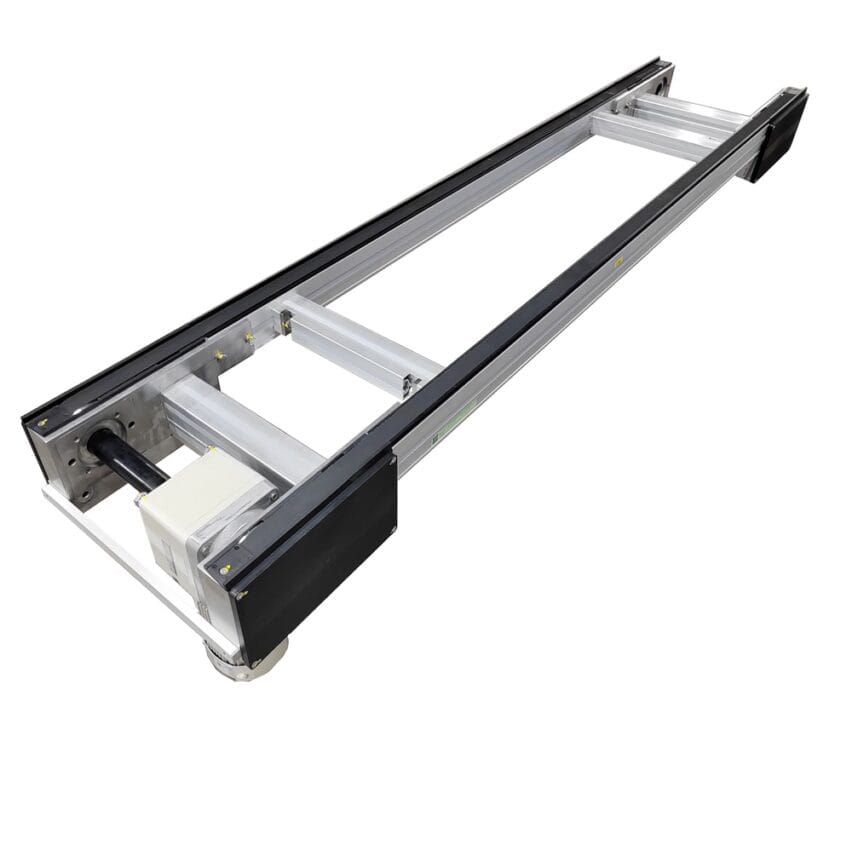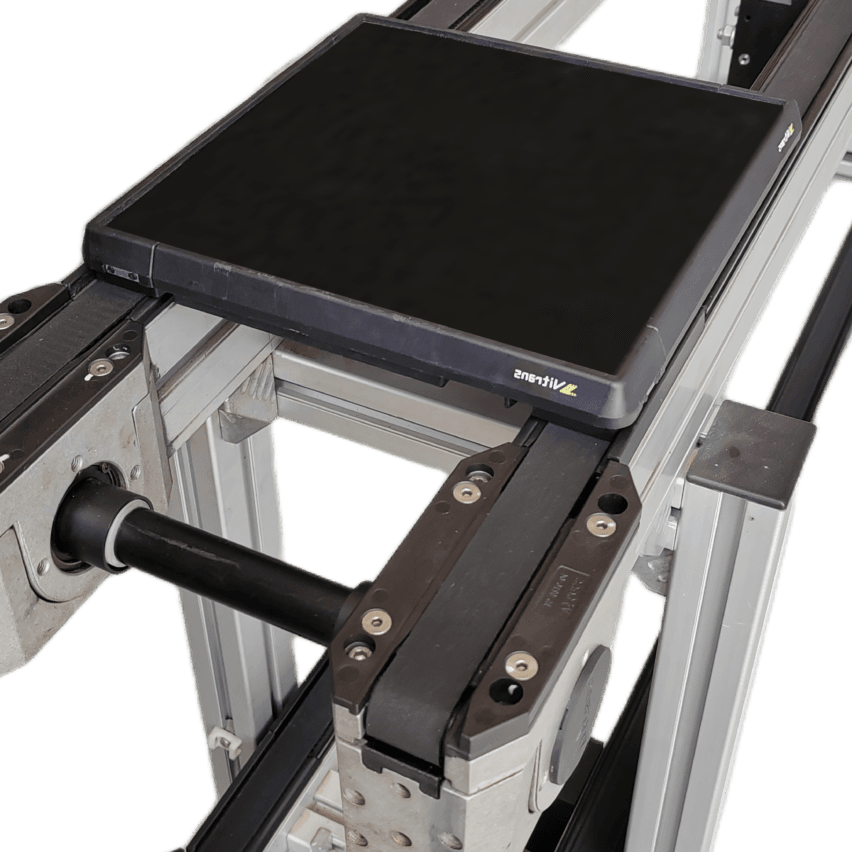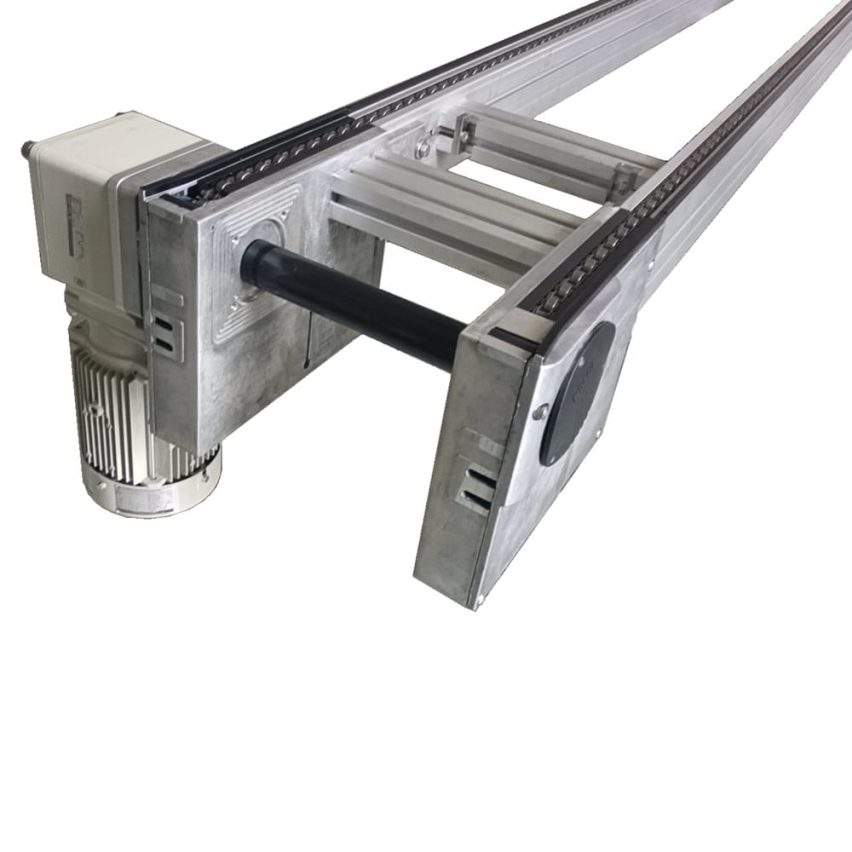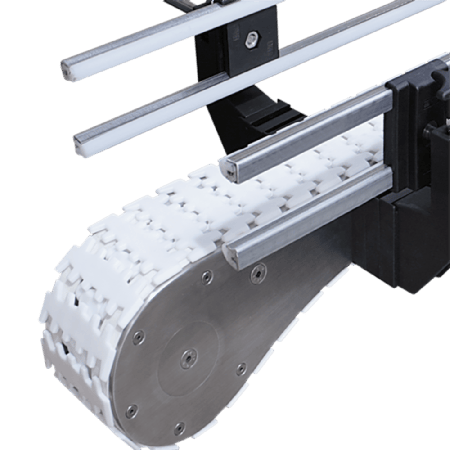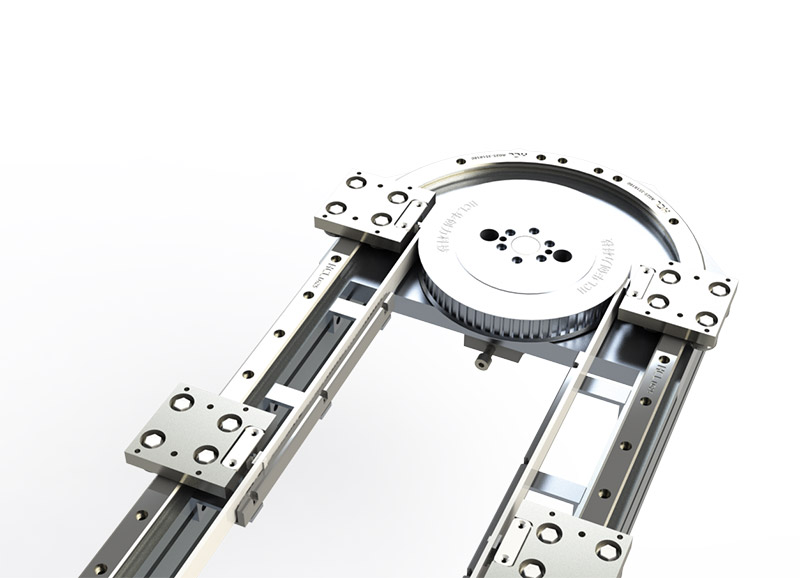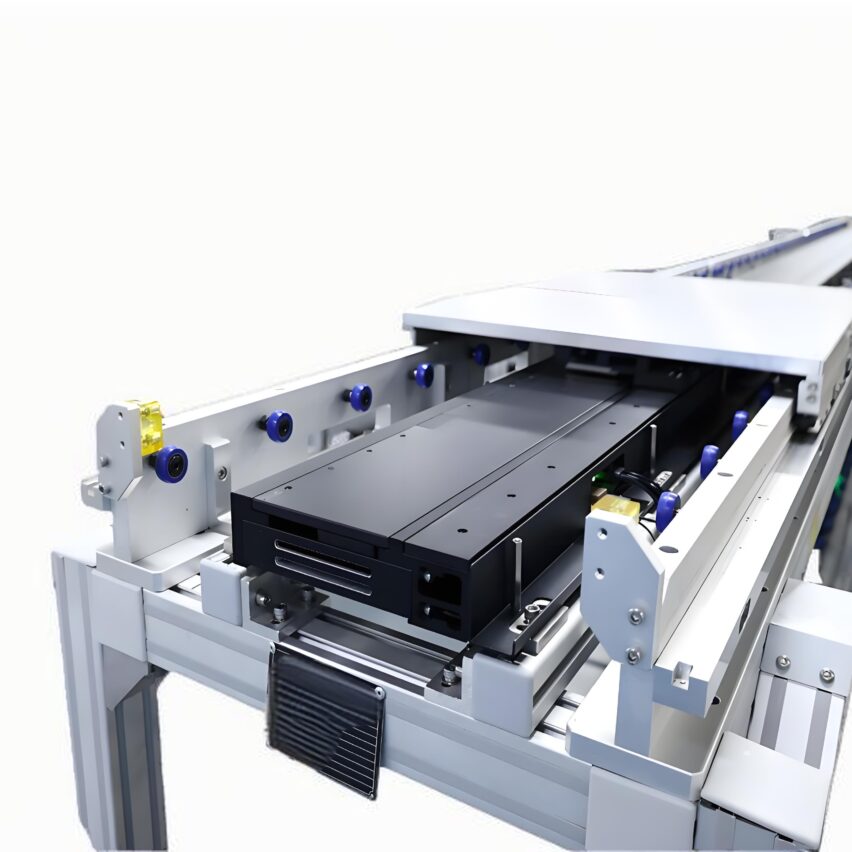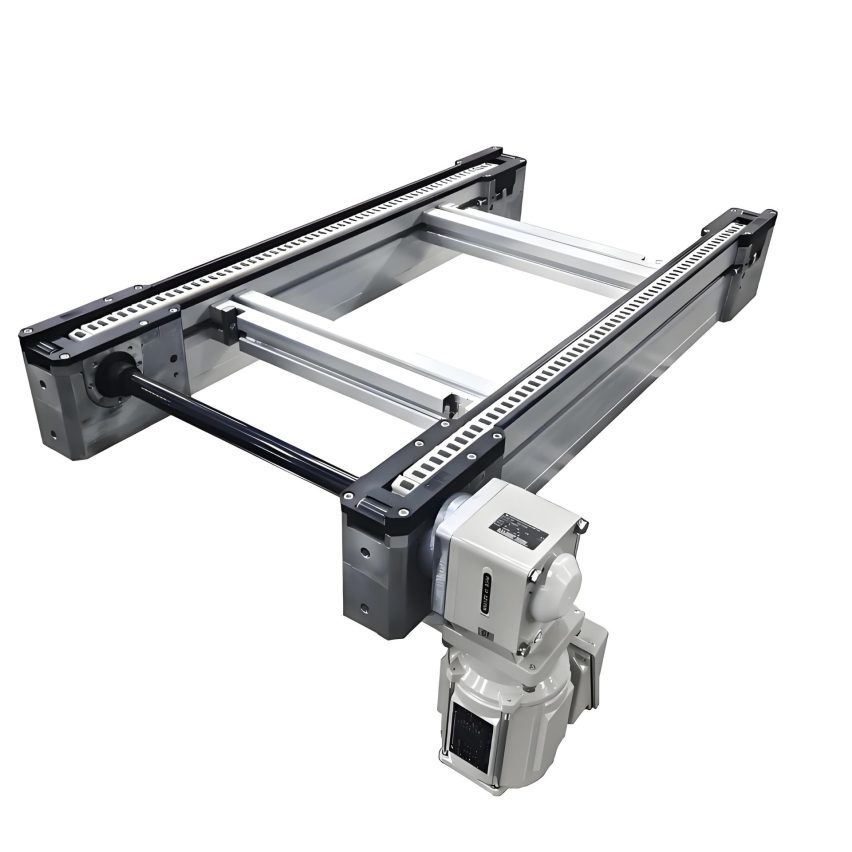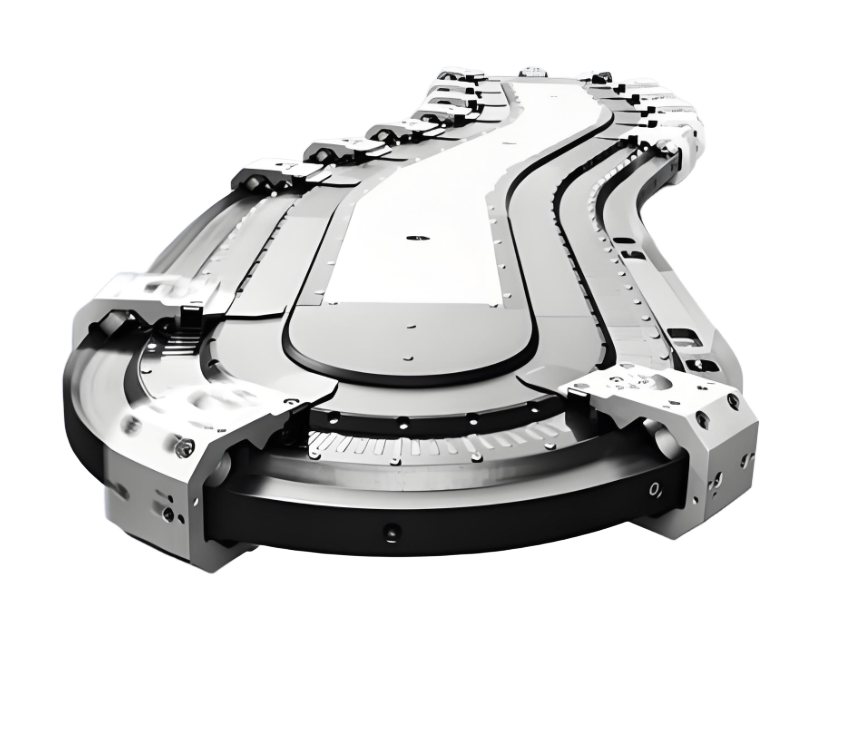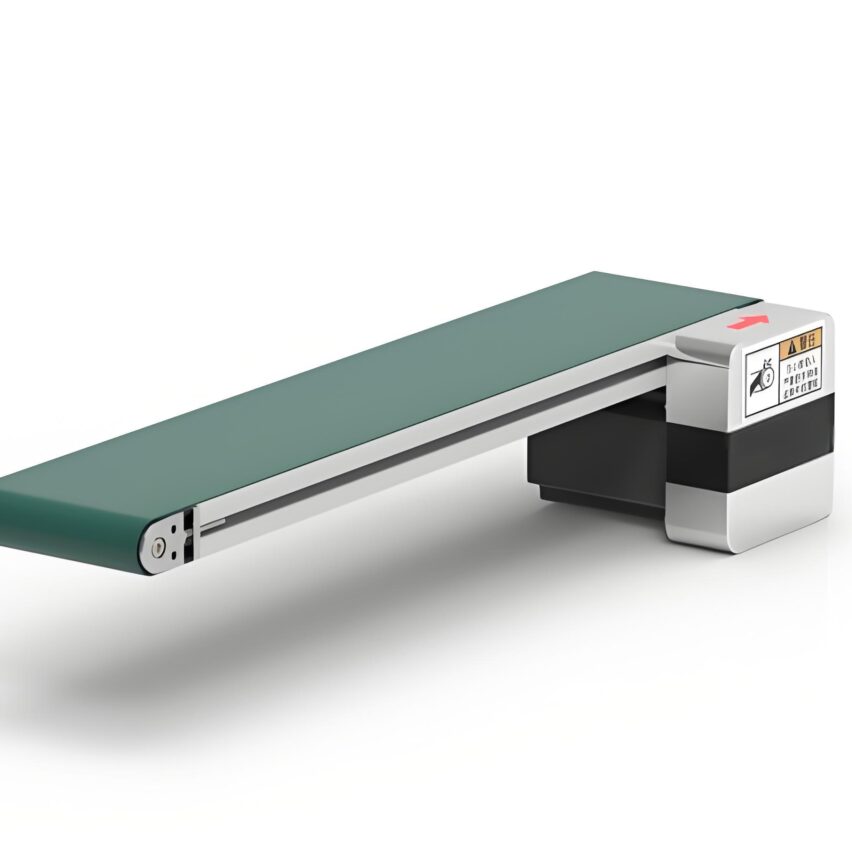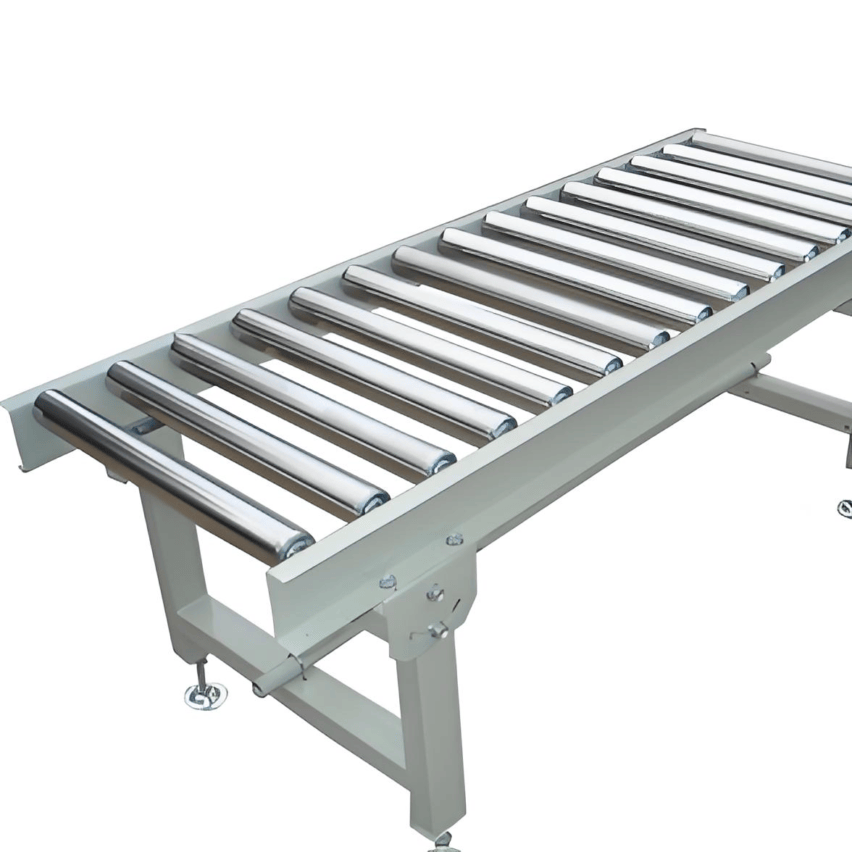In industries such as logistics and warehousing, mining and transport, and food processing, theThe wrong selection of the slope conveying line often leads to material spilling, energy consumption surge and even equipment paralysis.This article is based on scenario-based problem solving. This paper takes the scenario-based problem solving as the core, in-depth analysis of the angle, load bearing, speed of the three core parameters of the selection logic, to help you accurately match the production needs.
I. Tilt Angle Selection: The Balancing Act of Anti-slip and Efficiency
-
Mining scenarios: 45° large tilt attack programme
When conveying aggregates underground in coal mines, it is necessary to use a36°~70°adjustable angle(particle size <300mm). ByHydraulic arc gates to control chute discharge ratefit22mm thickened wear-resistant base plate(Thicker than conventional 40%) to solve the problem of ore impact wear.
▶ Pit avoidance tips: angle > 25 ° need to be equipped with anti-skid chain plate or corrugated baffle, otherwise the material back to slip rate of over 30%. -
Food workshop: the secret of the 13° golden angle
When conveying fragile products such as pasta and flour, the≤13° inclination + white food grade polyester tapeIt reduces breakage (case study shows a reduction of 90% in strip breakage). During the oil spraying process, the angle ensures even oil adherence and avoids localised overloading. -
Automotive Manufacturing: Dynamic Angle Adaptation Programme
The body assembly line uses4-point support + hydraulic lifting table(at a speed of 0.3m/s) to achieve±5mm synchronisation accuracyof variable angle conveying. Switching to 18° when conveying chassis parts and up to 25° when conveying small parts increases single-line efficiency by 40%.
II. Calculation of load-bearing capacity: the double game of static load and dynamic shock
| Scene Type | static load | Dynamic Impact Coefficient | Specific power configuration (kW/t) |
|---|---|---|---|
| Lightweight e-commerce parcels | <50kg/m | 1.5 | 0.3~0.5 |
| Automotive parts and components | 200kg/m | 2.0 | 0.8~1.2 |
| Mine Coal | >500kg/m | 2.5 | 1.5+ |
Steel plant case: When conveying 500kg/m steel coils, the load bearing is verified according to the formula:
Drive power = (conveying capacity × lifting height × 9.8)/(3.6 × efficiency)
Equipped with 37kW motor + double-row sprocket (dynamic load coefficient k=1.8), which extends the life of single-row chain by 3 times.
III. Speed and Power Configuration: Intelligent Algorithms for the Energy-Saving 30%
-
Speed Trap Hacking
- Lessons learnt from the flour mill: the original design speed of 1.2m/s led to dust exceedance.Reduced to 0.8m/s + additional spacer barAfter the dust concentration decreased to 5mg/m³.
- Mine optimisation: coal conveying speed from 2.0m/s to 1.5m/s in conjunction with theMedium-high roll design (1-2mm centre bump)Annual savings of $120,000 in roll replacement costs
-
Intelligent Energy Saving System
A logistics centre throughThree-machine drive co-control (CAN bus), realisation:
✅ Power deviation <5%
✅ Automatic downconversion on idle
✅ Hydraulic tensioning fluctuation <0.2MPa
Comprehensive energy consumption reduced by 31%, annual power savings of 500,000 kWh
IV. Scenario-based selection quick checklist
| take | Recommended Angle | Load-bearing range | Speed Configuration | required technology |
|---|---|---|---|---|
| E-commerce three-dimensional warehouse | 18°~25° | <80kg/m | 1.2m/s | Plastic chain plate + automatic guiding |
| Automotive assembly PBS line | 15°~22° | 200~500kg/m | 0.3~0.5m/s | Accumulated chain + central lubrication |
| Flour milling plant | ≤13° | 30~50kg/m | 0.6~0.8m/s | White polyester tape + side guards |
| Coal Mine Aggregate Conveying | 45°~60° | >800kg/m | 1.0~1.5m/s | 22mm wear-resistant skid pipe |
Avoiding the pit summaryWhen selecting a model, it is necessary to verify the coupling effect of the three parameters - a mine ignored the combined impact of "angle 35° + speed 2m/s", resulting in monthly chain breakage rate as high as 17%, adjusted to "28° + 1.2m/s" after the equipment life back to normal. After adjusting to "28°+1.2m/s", the life of the equipment returned to normal.
By precisely matching the golden triangle of angle, load bearing and speed, the ramp conveyor line can be a productivity multiplier. Recommended for pre-implementation72 hours 110% load test(Bearing temperature rise should be <35℃), with data to verify the reliability of selection.

